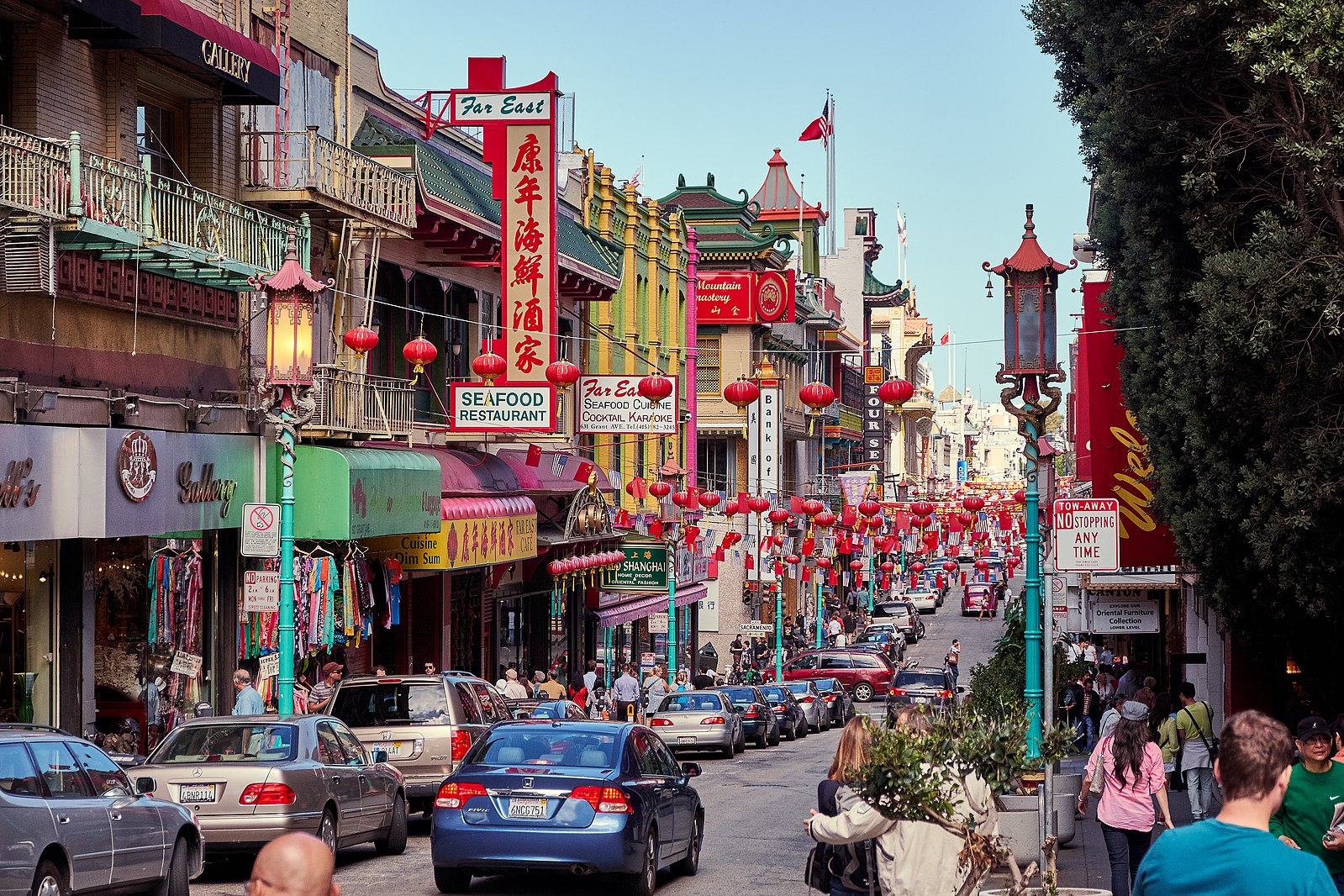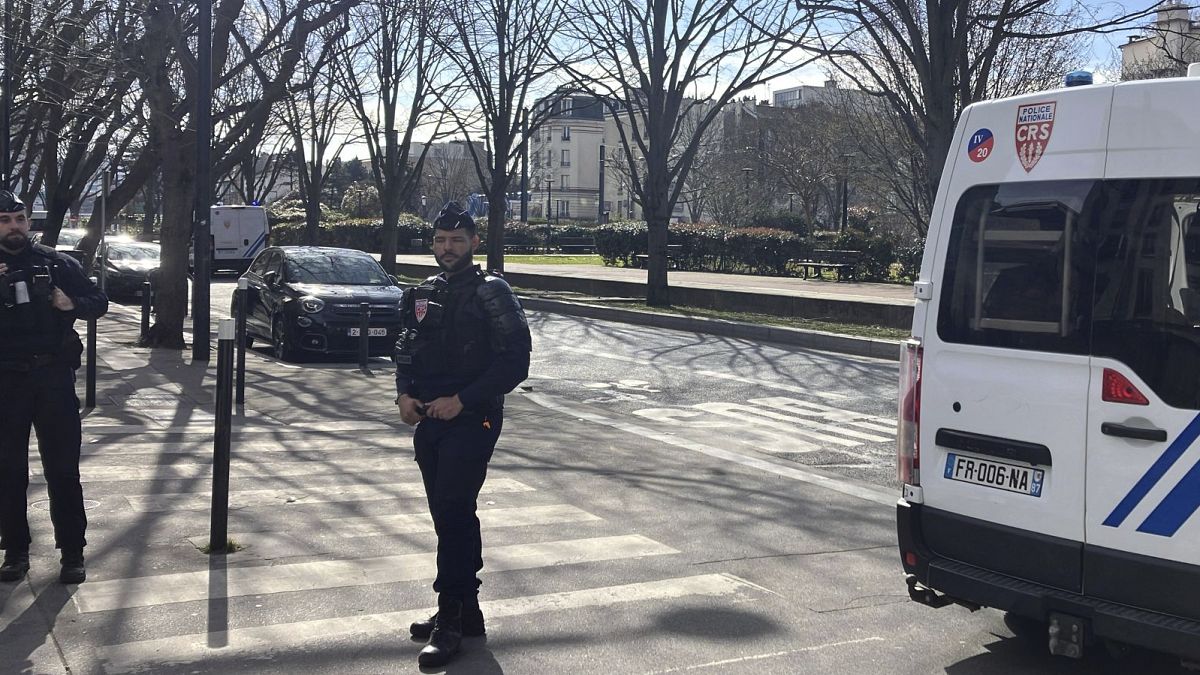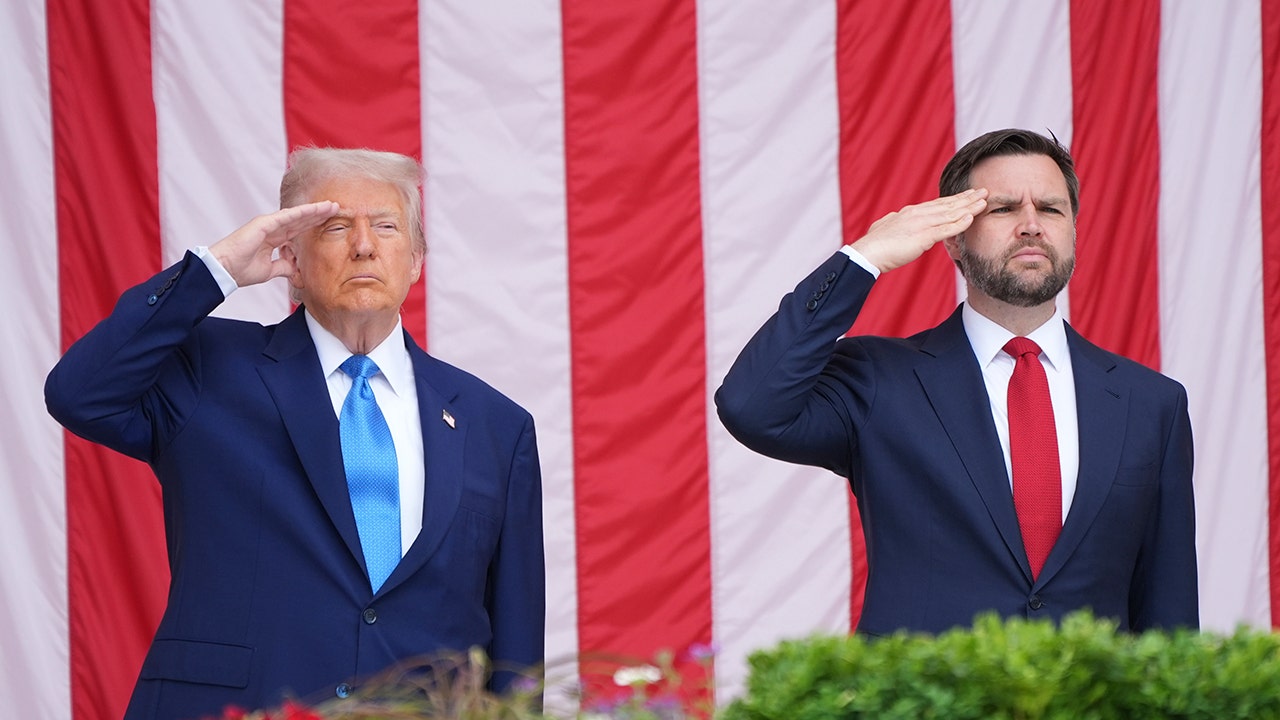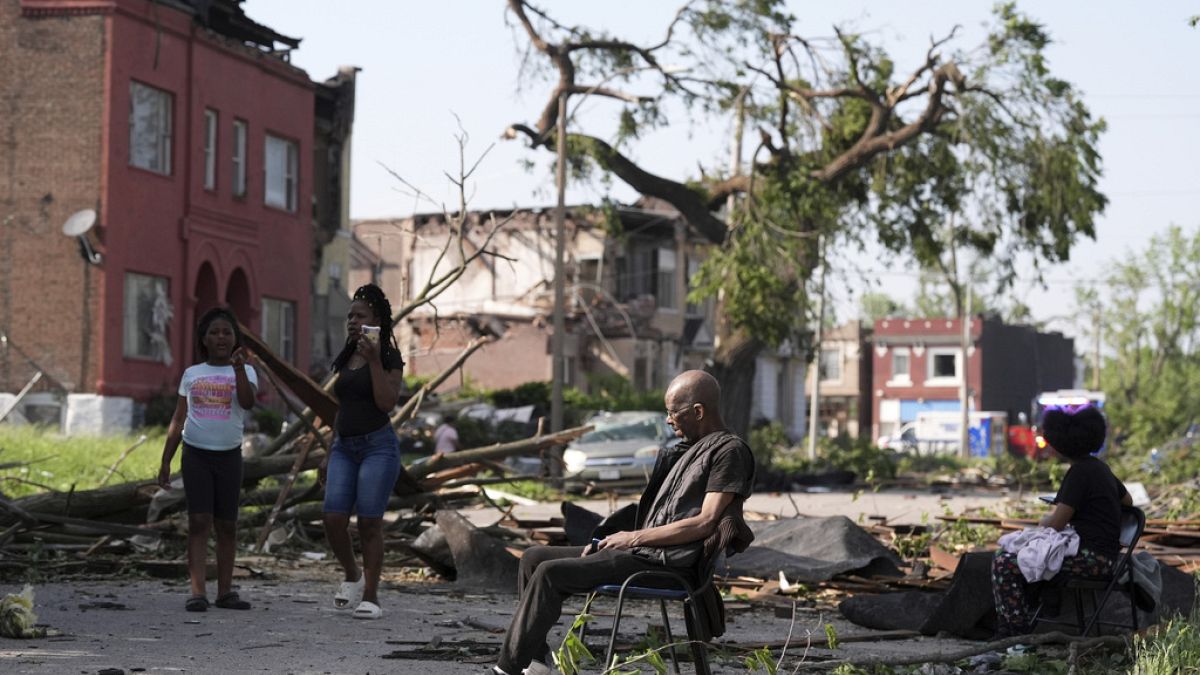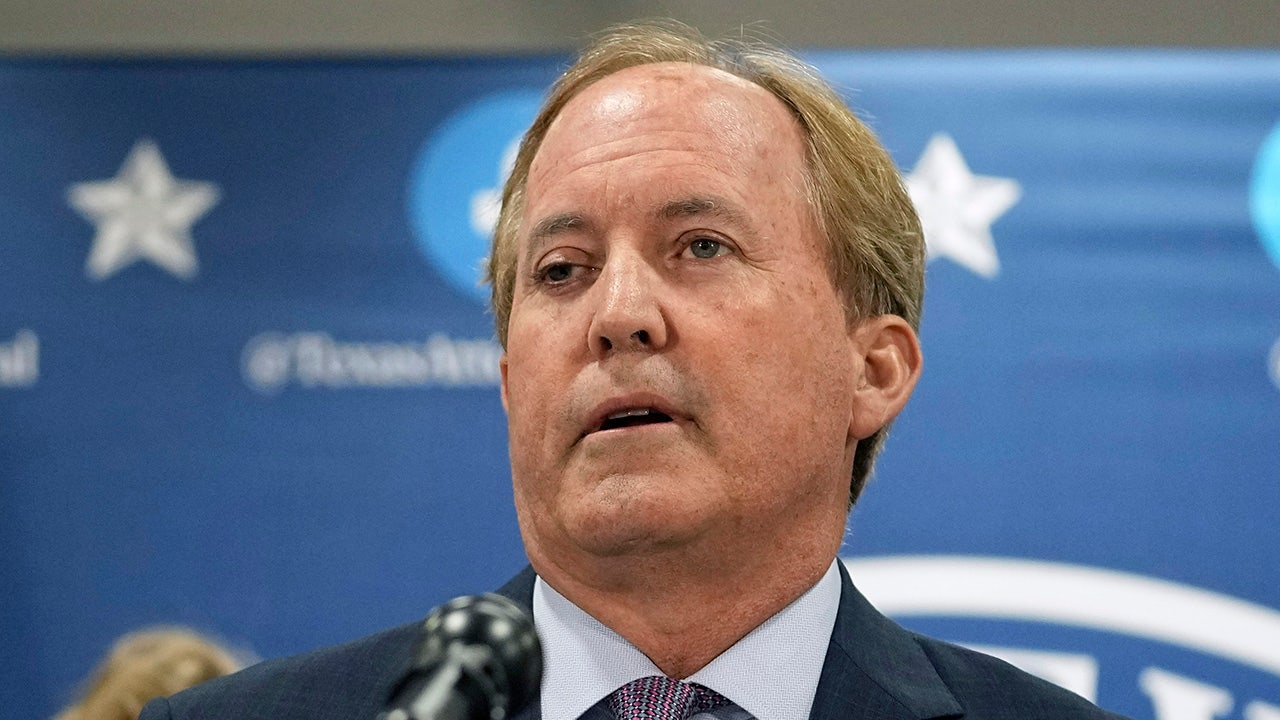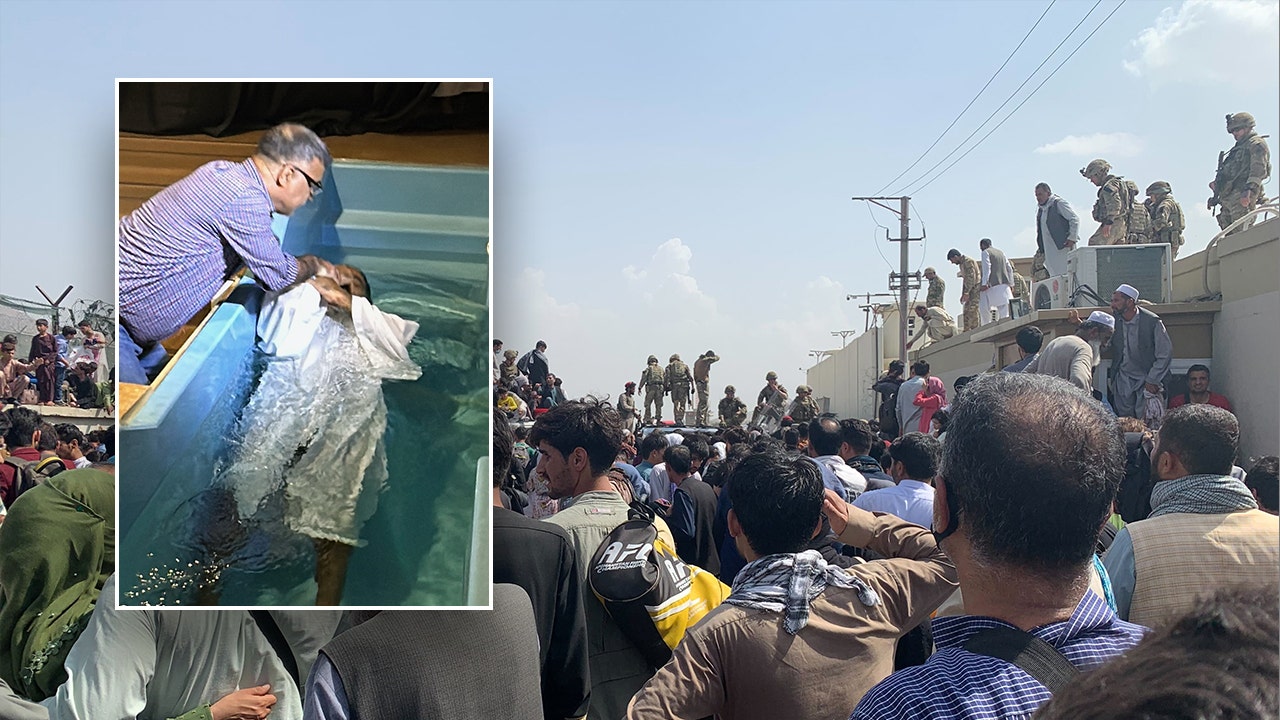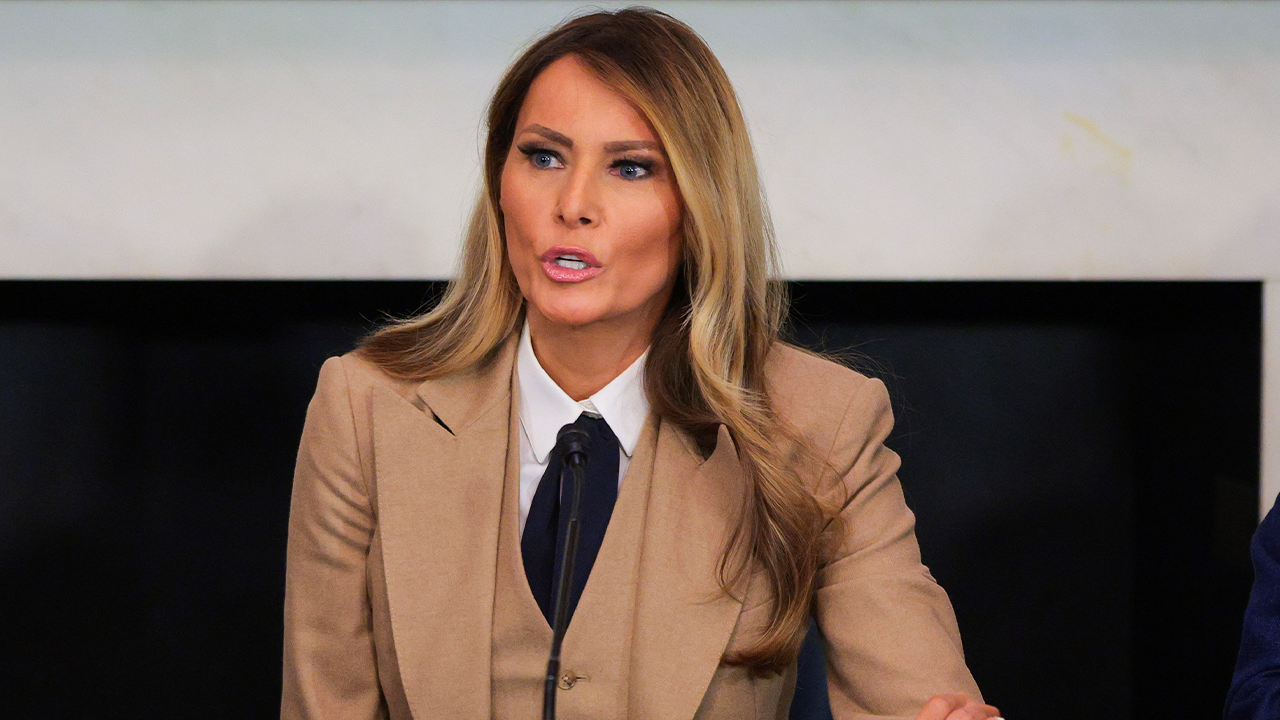SAN FRANCISCO (KGO) — Hate them or love them, slow streets were first introduced in San Francisco at the beginning of the pandemic as a way get people outside while social distancing.
A portion of Sanchez street in the Noe Valley neighborhood is a Slow Street. Families share a blissful moment while in the midst of this concrete valley.
“It’s been incredible. It’s been the best way to meet neighbors, the community. You see kids learning how to ride their bicycles, you grab coffee with people you never met before,” expressed Sarah Katzen, a Noe Valley resident.
Just to refresh your memory, the SFMTA introduced the concept of Slow Streets as an way to incorporate other ways of getting around-you know, bicycling, running, walking. They’re not closed to cars, the city just wants you to drive slowly but really who wants to drive at a snail’s pace when you can drive at a normal speed on other streets. And that’s how the controversy of Slow Streets began.
“Pedestrians do not need to walk on the street. Lake Street is half a bock from more than 1,000 acres of trails and parks in the Presidio,” that was at least one opposing voice out of many who spoke at a hearing before the Board of Supervisors in 2022.
San Francisco’s highly-debated ‘Slow Streets’ program to continue. But what does it actually mean?
Huge crowds took to San Francisco City Hall Tuesday, some wanting ‘Slow Streets’ opened to normal traffic at normal speeds, others pushing for the continuation of the program.
Not every neighbor living on or near Lake Street in the inner Richmond district has embraced their slow street. In fact, some argue the program was forced upon them.
Someone even wrote “communism” on a Slow Street sign.
We heard there have been tense moments between pedestrians, bicyclists and drivers.
We wanted to see if that was true and decided to set up a chair to observe.
We found more-than-your-average number of cars insisting on driving on Lake street. Some even exceeding the suggested 15 miles per hour.
In Noe Valley, the slow street program has also been divisive.
“We see guys, they’ll yell at people on the street for being on the street, ‘get out of the street,’ right next to a sign here. So that’s the kind of response that we’re getting for the motorists,” explained a Noe Valley resident who only gave us his first name, Rich.
Some say slow streets are safe streets. So far 14 pedestrians have died in traffic accidents in the city,
MORE: Infant dies following horrific crash at SF West Portal bus station, police say
A 78-year-old female driver who crashed into a bus stop in the West Portal neighborhood over the weekend is no longer in police custody.
However, no one has ever been killed on a slow street.
A few locals have also complained that having a slow street has increased the amount of traffic on the adjacent streets.
ABC7 News was able to analyze San Francisco County transportation data available for roads adjacent to slow streets. Though data wasn’t available for all of them.
The one’s we could review actually showed little to no traffic impact on nearby streets since the program was adopted.
But even those who want to keep them, say there are STILL issues that need to be addressed.
For example, a few construction workers now double park for most of the day on this slow street.
“There’s a lot of contractors or people who feel like because it’s a slow street they can just park. They’re not pulling permits, they’re not doing things the right way. They’re just doing it because it’s easy for them. I understand that but it does make it a hazard for people who are bicycling or walking because if forces them into oncoming traffic. That is very unsafe,” said Molly Hayden, a Page Street Steward.
She told us there is little to no enforcement which is the responsibility of the San Francisco Municipal Transportation agency, the SFMTA.
“We are doing out best to allocated our limited resources in a way that we see meets the highest value for that time.,” explained Amanda Eaken, Chair of the SFMTA Board of Directors.
MORE: Valencia Street update: SFMTA looks to get alternative for controversial center bike lane approved
San Francisco is considering a replacement for a center bike lane that’s been blamed for hurting businesses on Valencia Street.
SFMTA encourages people to report all incidents to the 311 customer service center.
Neighbors and merchants were adamantly opposed to having a slow street on a section of West Portal Avenue back when it was proposed. They fought both their district supervisor and the SFTMA and were successful.
George Wooding of the Midtown Terrace Homeowners Association said the slow street would have hurt business owners.
“What you do is you end up excluding a tremendous number of potential customers in an area and just destroying the merchants,” said Wooding.
We polled every leading San Francisco mayoral candidate. Mark Farrell said he supports most slow streets. Everyone else told us they favor keeping slow streets but all believe improvements are needed.
MORE: Former SF interim Mayor Mark Farrell on why he’s running for official seat, plan for downtown
We asked Eaken how the SFMTA plans on improving things to fit the specific needs of each community.
“So through a lot of detailed outreach and engagement and listening, learning from those community members what are their unique needs, we can then design which are those particular interventions. So this is really a conversation and collaboration to make sure that each streets meets the particular needs of that place,” added Eaken.
Copyright © 2024 KGO-TV. All Rights Reserved.




